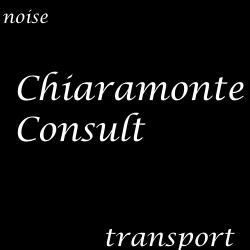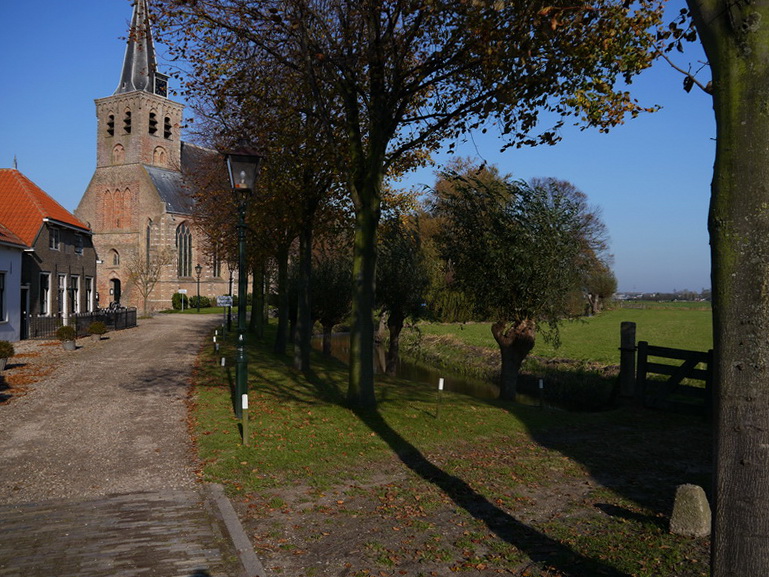

Introduction
Sound, noise and quiet
Definitions and selection criteria
Health benefits of quiet & biodiversity
The economic value of quiet areas
Lessons learned from commitments by MS and other competent authorities
Methods for identifying quiet areas
Recommendations and Conclusions
More on:
- references & useful documents and links
- health effects
- quiet facades
- protection and monitoring
Disclaimer: this site is based on the published EEA document, but not identical. Over time the differences will increase as more recent material will be added to this site by Chiaramonte Consult. Please send your comments and suggestions for extensions and improvment to info@quietareas.eu.
Recommendations
and conclusions
Quiet areas are in development. Many different
selection
criteria are explored, and it is too early to determine what criteria are preferred with regards to
good
practice. Rather, there is a need for further in-depth research into
the field.
As of yet, it is questionable whether any single set of criteria will
turn out
as the best practice, because it is clear that there are different type
of quiet
areas, depending on function, situation, sound-pressure levels, access,
as well
as visual and other qualities. Apparently, quiet areas in
agglomerations
require different selection criteria than those in open country.
The best recommendation to competent
authorities is to
seek inspiration to potential selection criteria from Table 3. With
regards to
methods for identifying quiet areas, it is recommended to use a
combination of
the four methods examined in Section
Subsequent editions
of this Good Practice Guide will provide further and updated information
